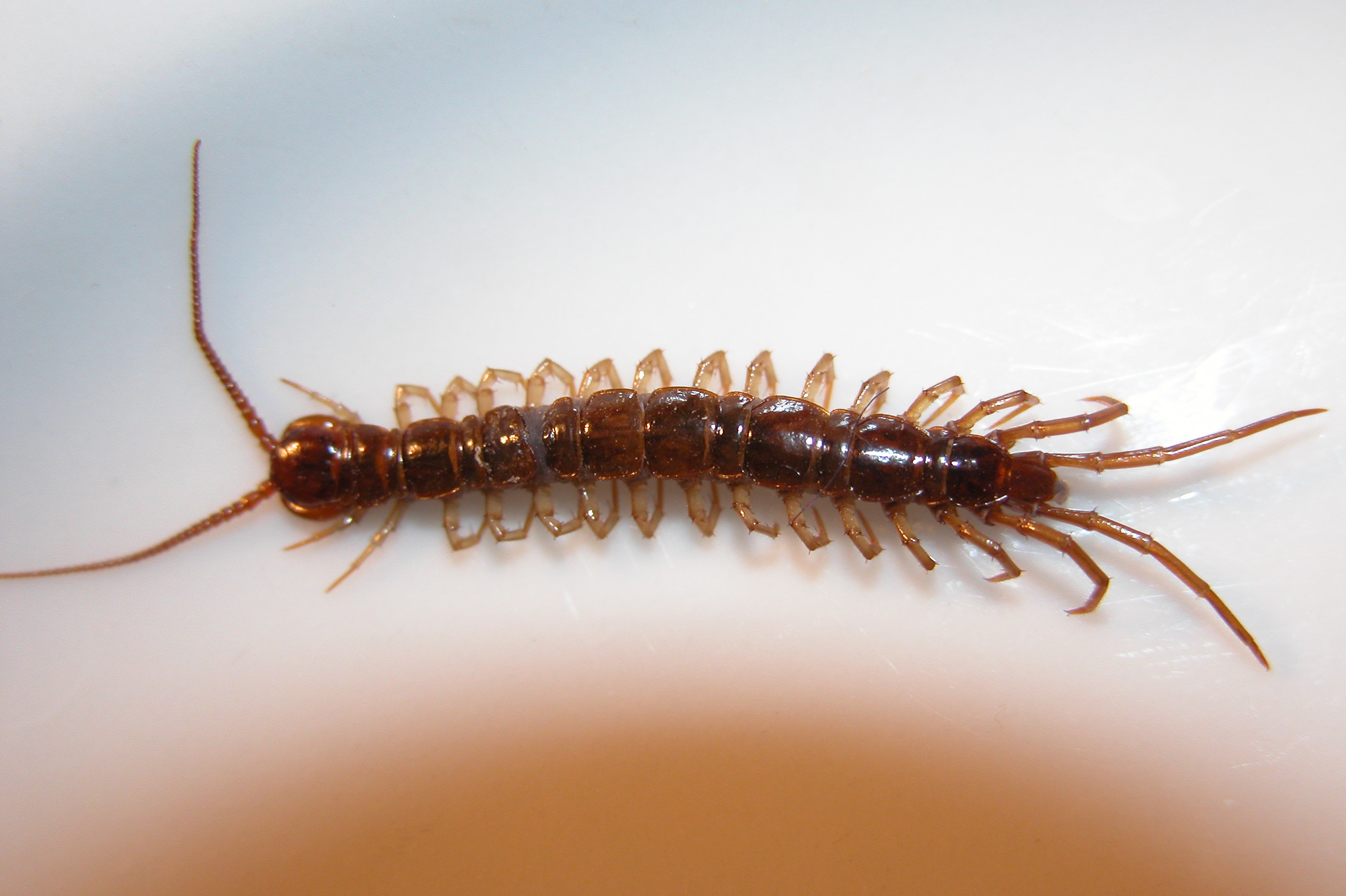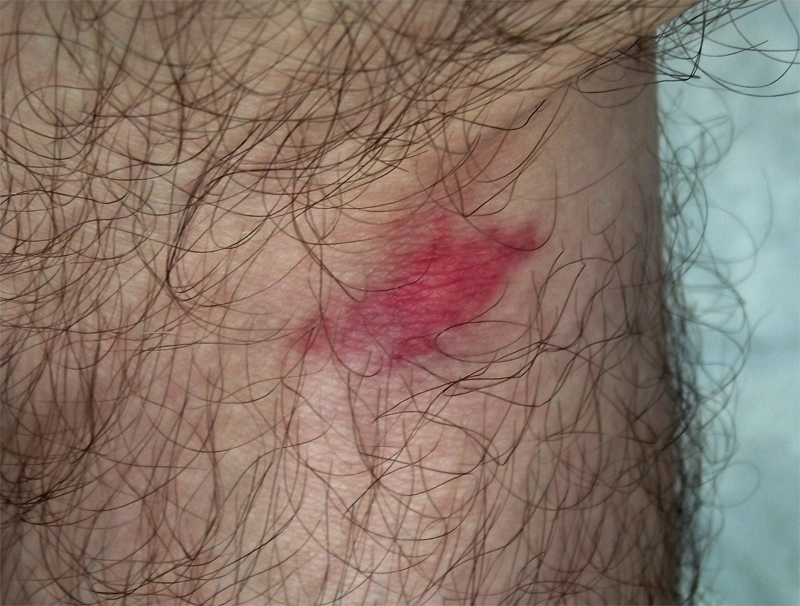Centipede is a poisonous species of predator. They bite the body of their prey, spew venom and numb the prey. They mainly eat insects and worms. Although they avoid human contact, people can easily be bitten if they irritate them.
 |
| Centipede |
Centipede bites are very painful. The bigger the size, the more pain. All species of scorpions kill their prey by injecting poison. However, centipede bites rarely cause complications in the human body. And their bites are not fatal to humans.
However, some centipedes have a special type of venom that is made up of a variety of poisons. Poisons such as histamine, serotonin and heart numbness. Although these toxins are not very deadly to humans, their bites can cause allergic symptoms. Much like wasp or bee bites.
What does the Centipede look like?
Centipedes
are arthropods that belong to the class Chilopoda, and they are known
for their elongated, segmented bodies and numerous legs. Here are some
general characteristics of centipedes:
1. Body structure:
Centipedes have an elongated, flattened body composed of many segments.
The first segment of the body is the head, which bears a pair of
antennae and a pair of venomous fangs. The rest of the body is divided
into a series of segments, each of which bears a pair of legs.
2.
Number of legs: Centipedes have numerous legs, with the number varying
by species. The number of legs ranges from 30 to over 300, with most
species having between 30 and 354 legs.
3. Habitat: Centipedes
are found in a wide range of habitats, including forests, deserts, and
grasslands. They prefer damp environments such as leaf litter, soil, and
decaying wood.
4. Diet: Centipedes are carnivores and feed on
insects, spiders, and other small invertebrates. They use their venomous
fangs to subdue their prey.
5. Venom: Most centipedes have
venomous fangs, which they use to capture and immobilize their prey. The
venom can also be used in self-defense, and some species are capable of
inflicting painful bites on humans.
6. Reproduction: Centipedes
reproduce sexually, and the female lays eggs in a nest or burrow. The
young hatch as small, white, and eyeless versions of adults, and they go
through a series of molts as they grow and develop.
Overall,
centipedes are fascinating and diverse arthropods that play an important
role in their ecosystems. While some species can be potentially harmful
to humans, most centipedes are harmless and beneficial predators that
help to control insect populations.
Centipede (Scolopendridae) is a very well known arthropod in the world. They can grow up to about 1-6 inches long. They have many legs in their body. The number of legs ranges from 15 pairs to 16. They have an odd number of legs in their body.

Centipedes prefer dark, damp places and humid climates. However, they can survive in deserts or arid regions. Notable among the places where they can be are:
- The floor cracks
- Sewer along the floor
- Cement block
- Forest
- Garden
They can be found inside rotten wood, tree trunks, flower tubs or even in rocks. They can be found even under water, inside caves, and about a thousand feet deep in the ground.
How does the Centipede bite?
Centipedes pierce the skin with poisonous teeth curved like a pair of tongs in front of their mouths. And immediately vomits poison. Basically, they bite when you bother them or when you try to catch them with your hands. Many times people accidentally lay them barefoot but bite them.
All types of scorpions have the ability to bite. Although some species of scorpion bites are not as strong as piercing human skin.
What is it like to see a Centipede bite?
Centipede bites show two poisonous tooth marks on the skin. They spew poison in these two holes in the skin. Swelling may turn red around the bite site.
The severity of the pain depends on the amount of poison. Small scorpion bites release less toxins, so the pain is less. On the other hand, if a large centipede bites, more poison enters the wound, so the intensity of the pain is also higher.
Pain, redness and swelling of the wound are very common symptoms. These symptoms can last from a few hours to a few days.
Notable among the other symptoms are:
- Fever
- Feeling we have 'Run out of gas' emotionally
- Nausea
- The wound is quite swollen
- Swelling of the lymph glands
- Chest throbbing
- Itching
If such symptoms occur, you must seek medical attention.
What should you do if you are bitten by a centipede?
Centipede bites may look similar to other dangerous venomous insect spider bites. If you are not sure and if your symptoms are severe, you must consult a doctor.
If there are no complications, centipede bites can be treated at home. The following steps can be taken for this
Boil hot water on the wound as soon as possible. You can also immerse your wound in hot water.
You can use ice to reduce swelling of the wound.
If necessary, you can use painkillers or anti-allergy drugs.
The centipede bite causes a wound. You can use antibiotic ointment to prevent infection in this wound.
If you notice that the symptoms do not go away after a few days, consult an emergency doctor. You may also need to take corticosteroids.
What kind of complications can result from centipede bites?
Centipede bites can be painful and potentially dangerous, depending on the species of centipede and the individual's reaction to the venom. Centipedes are arthropods that have venomous fangs and use them to hunt prey.
Symptoms
of a centipede bite can include pain, swelling, redness, and localized
tissue damage. In some cases, people may also experience systemic
symptoms such as nausea, vomiting, and fever. Centipede bites can result in skin infections or tissue damage. Your doctor may also give you an injection of tetanus for this. In addition, if there is an infection in the wound, he may also suggest taking antibiotics.
If you
are bitten by a centipede, it's important to clean the wound with soap
and water and apply a cold compress to reduce swelling. Over-the-counter
pain relievers and antihistamines may also help to alleviate symptoms.
Seek medical attention only if the symptoms do not subside 48 hours after the centipede bite. In addition, if you have a fever, red spots around the wound, or a foul odor from the wound, the doctor said.
Allergic reactions to scorpion bites can also be noticed. Severe itching, dizziness, rash, etc. may be symptoms of an allergic reaction. If you notice swelling of your lips, throat, mouth or tongue, be sure to seek local emergency services. If necessary, take the help of someone nearby.
Finally
Although centipede bites are painful, they do not cause any serious harm to humans. In most cases, it can be treated at home. However, if your symptoms continue to worsen and if you have symptoms of infection and allergies, seek medical attention immediately. If you experience severe pain, swelling, or other concerning symptoms, seek medical attention immediately. In rare cases, a centipede bite can lead to an allergic reaction, anaphylaxis, or even death.




